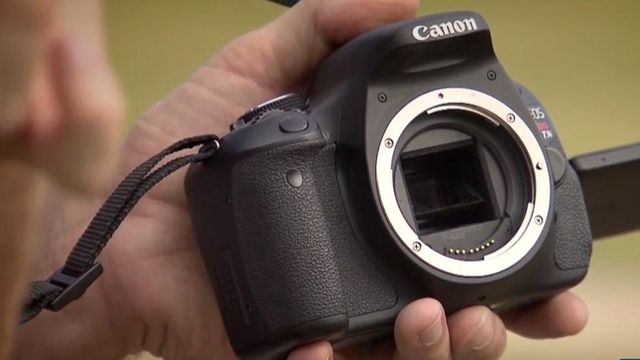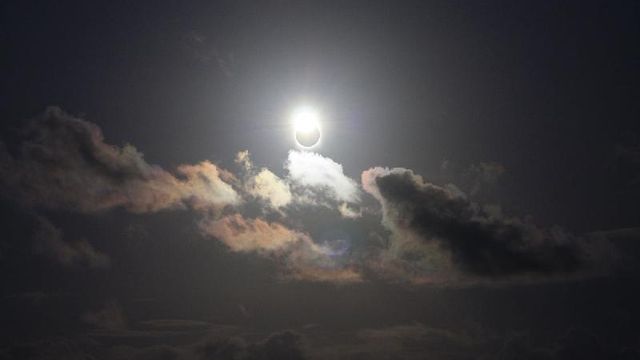Don't get fried: Advice for photographing the Aug. 21 solar eclipse
The total solar eclipse on Aug. 21 will be a sight to see. Here in the Triangle, the moon will only block about 98 percent of the sun, but many people will still want to capture the moment.
David Christopher "Chris" Cole has some advice for those who do.
"You don't want to fry your camera or your eyeballs while you're trying to frame the shot," he said.
Cole describes himself as an amateur photographer, but he's got experience in catching that ball of fire in the sky. In 2013, he photographed the partial eclipse visible from Carolina Beach.
"As the sun was coming up right above the horizon, the clouds were in place, the ocean spray was in place, it dimmed down the sun considerably and I was able to take a picture of it with no filtration in front," he said.

For other amateurs, Cole has a technique to capture the whole of the eclipse.
"You can hold up a white sheet of paper, you will see a circle, then you will see the moon starting to creep up on to the disc of the sun, then take out your smart phone, take a picture of it every now and then, and you will have sort of a time-lapse look at the whole event."
Photographing the actual eclipse requires a camera filter, applied either to a telescope or a long focal-length lens.
"You attach it to your telescope, and basically your telescope has become a giant telephoto lens," Cole said.
No matter the camera, Cole said, there is one thing to remember: "Without proper filtration, you're going to fry your retina. The same thing in a camera is called the camera sensor. You're going to fry your camera as well with out proper filtration."











